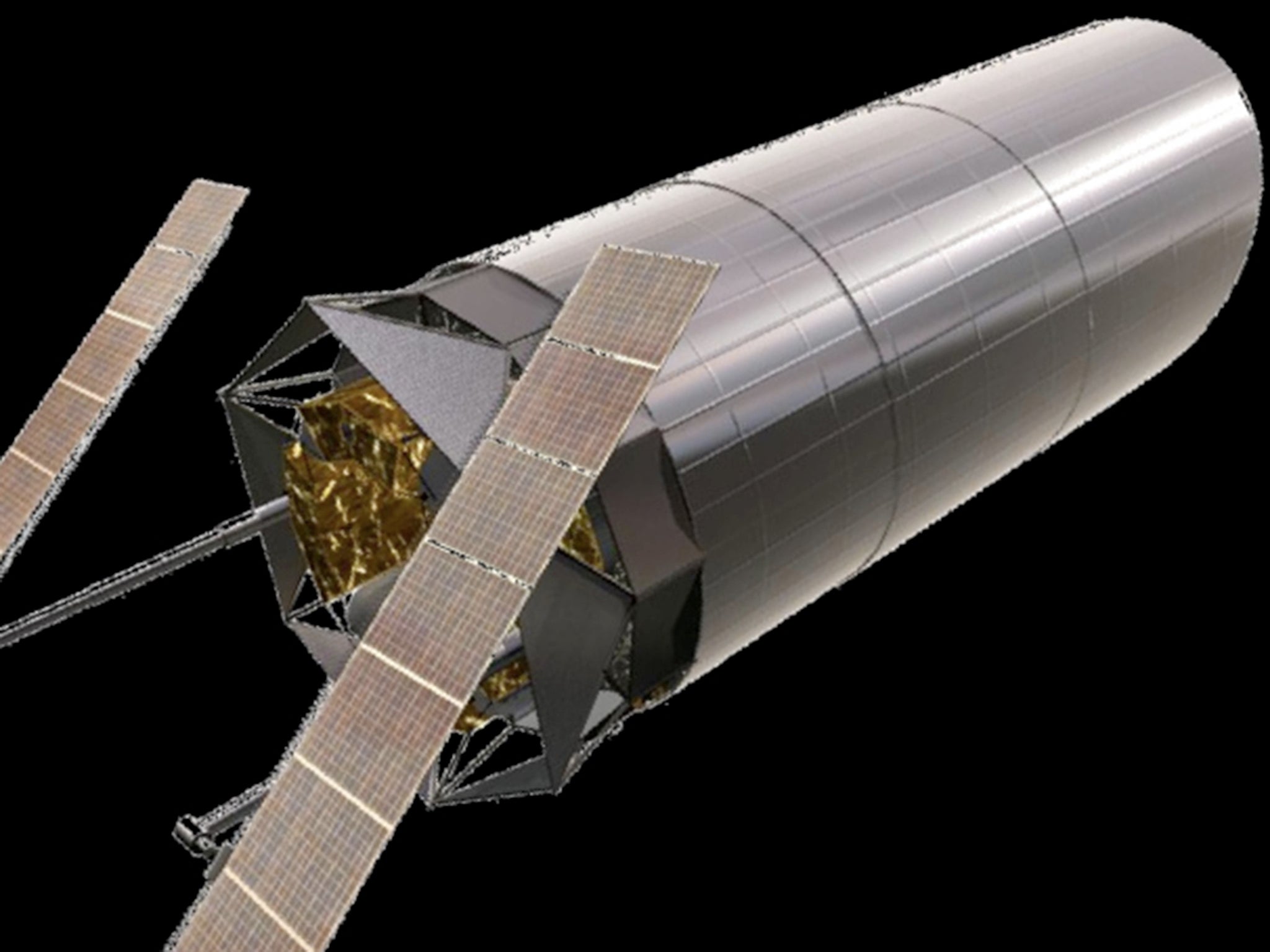Nasa to send astronauts one million miles into space to build world's most-powerful telescope in hunt for alien life
The Atlast telescope will be the most powerful telescope ever made and up to four times larger than the Hubble Telescope

Your support helps us to tell the story
From reproductive rights to climate change to Big Tech, The Independent is on the ground when the story is developing. Whether it's investigating the financials of Elon Musk's pro-Trump PAC or producing our latest documentary, 'The A Word', which shines a light on the American women fighting for reproductive rights, we know how important it is to parse out the facts from the messaging.
At such a critical moment in US history, we need reporters on the ground. Your donation allows us to keep sending journalists to speak to both sides of the story.
The Independent is trusted by Americans across the entire political spectrum. And unlike many other quality news outlets, we choose not to lock Americans out of our reporting and analysis with paywalls. We believe quality journalism should be available to everyone, paid for by those who can afford it.
Your support makes all the difference.Scientists have announced plans to build a telescope that may give us clues to whether alien life exists on planets millions of miles away.
The Atlast, or Advanced Technology Large-Aperture Space Telescope, will be the most powerful telescope in the world and will be able to analyse atmospheres of planets and solar systems up to 30 light years away.
It is hoped that the telescope will give astronomers crucial insights into whether extra-terrestrial life forms are able to exist in undiscovered areas of space.
To be able to analyse these planets, the telescope will have to be the largest of its kind ever to be built and up to four times bigger than the 44ft Hubble Space Telescope.
Inside will be a mirror with a diameter of 52ft, the largest man-made mirror ever.
Due to the size of the telescope, no rocket will be capable of transporting it up to space and instead, a team of astronaut construction workers will be ferried by Nasa’s Orion rocket to assemble the telescope situated one million miles from the earth’s surface.
The details of the project will be revealed at this week’s National Astronomy Meeting in Portsmouth by the president for the Royal Astronomical Society, Martin Barstow.
According to Barstow, the telescope will allow astronomers to discover around 60 new planets and provide information on the levels of oxygen and other gases that might indicate potential life.
Barstow told the Sunday Times: “This telescope could see Earth-like planets around stars up to 30 light years away. There are tens of thousands of stars within that distance and we estimate that at least a few thousand of those will be similar to the sun.”
He added: “Once it found a planet, the telescope would analyse its atmosphere for ozone, methane, oxygen and other gases which suggest the presence of life.”
For the Atlast telescope to progress past the planning stage, it is believed a global collaboration between all of the world’s space agencies will be required.
Barstow said: “Nasa will have to take the lead as it is the biggest space agency, but it is already in discussion with the European Space Agency, of which Britain is a member. We are looking at 2030 because that is how long these projects take.”
Join our commenting forum
Join thought-provoking conversations, follow other Independent readers and see their replies
Comments